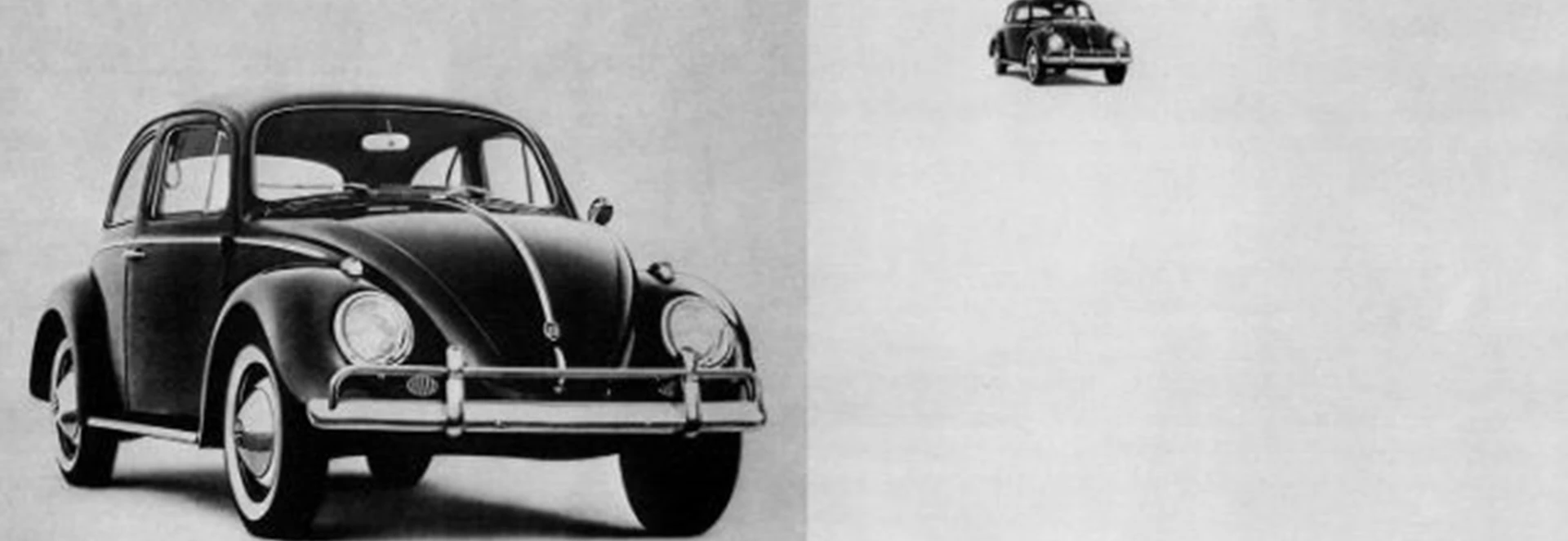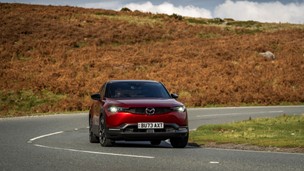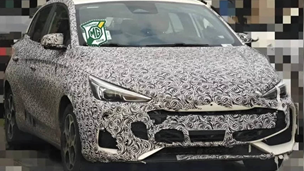Few names inspired such emphatic and immediate revulsion as that of Adolf Hitler. Still, contemporary historians tend to agree that there were some things introduced under the Nazi regime that resulted in positives for Germany, and eventually for the rest of the world.
Many medical advancements were made by Nazi scientists and the regime's engineers pioneered rocket and jet propulsion technology. Arguably the most well-known contributions that Hitler made to the world was the creation of the Autobahn network, as well as the ‘Peoples Car’ – the Volkswagen Beetle.
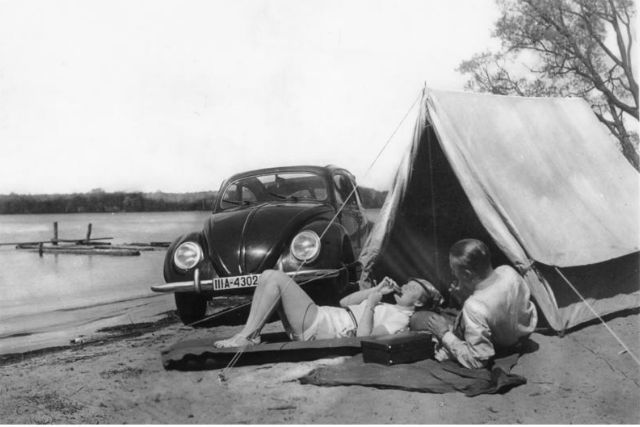
In 1945, mere months after the war ended, a rare Volkswagen car rolled off the line in its bomb-damaged factory in Wolfsburg. After being shipped to a group of leading British car manufacturers, the car was inspected by a commission led by motoring magnate Sir William Rootes.
What happened next will surely go down in history as one of the worst business decisions since Decca records declared a young, mop-haired band from Liverpool as having “no future in show business” and turned them down.
The Beatles would go on to be arguably the best-known pop group in the world and the Volkswagen Beetle, which Rootes and co. described as “too ugly and noisy”, would go on to become the best-selling car of all time.
There are many reasons that the Beetle is an incredible car, not least for its huge effect on pop culture, but perhaps the most remarkable is how a car overcame its troubled origins to become as universally loved by American hippies as it was desired by the Nazis.
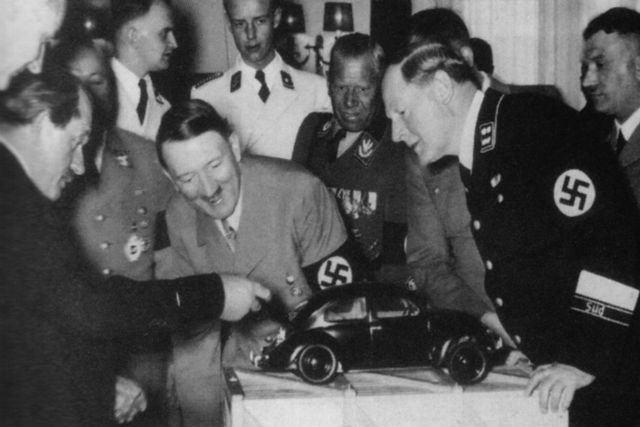
Strange beginnings aside, it was ultimately the quality, reliability and affordability of the Beetle - as well as its cute looks - that ensured its success. But amazingly, for such a game-changing car, the VW Beetle had something of a touch and go start in life.
The car was originally conceived during a 1934 meeting between Hitler and Ferdinand Porsche, the engineer who would go on to found the famous sports car company which bears his name. Hitler’s idea was to make a small family car that could carry five at 62mph to populate the country’s brand new Autobahn network.
It was to cost 990 Reichmarks, roughly the price of a small motorcycle, which made it cheaper than the Fords being built in England and imported to the country. To buy one, German citizens would have to join a special state savings scheme called the Sparkarte.
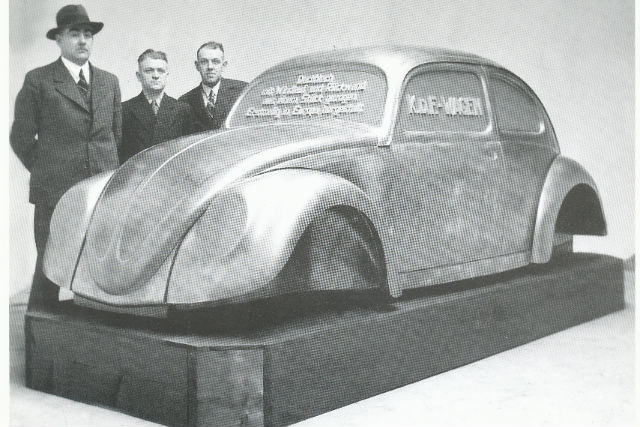
Officially called the KdF Wagen, with the KdF standing for Kraft durch Freude (Strength through Joy), the progenitor to the Beetle went on sale in 1938. Its launch was fraught with problems though, particularly from Volkswagen’s Czech rival Tatra.
Tatra claimed that the KdF Wagen infringed on a number of its designs, particularly its 570 model, and pursued legal action, but upon Hitler’s invasion of Austria he seized Tatra’s Austrian factory and banned its cars from public display.
Decades later, Volkswagen would make a substantial reparation payment to Tatra, but by then Volkswagen was well on its way to becoming the biggest car manufacturer in the world and Tatra remains a relative footnote in the annals of global automotive history despite enduring to this day.
Upon the Allies’ invasion of Germany, the Volkswagen factory in Wolfsburg had been saved only by the intervention of Major Ivan Hirst, a British engineer and army officer who had witnessed the quality of VW-built military vehicles during the war.
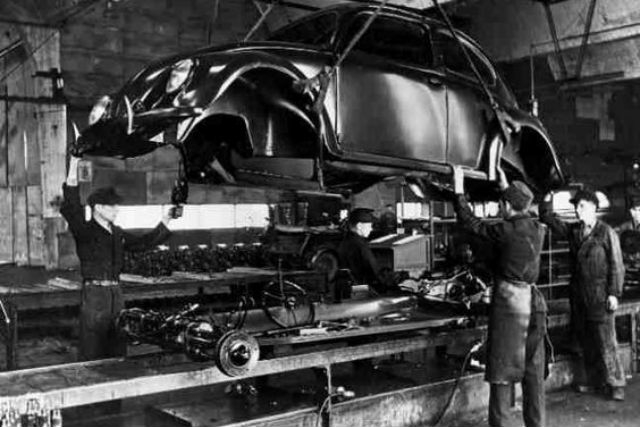
Hirst had been ordered to take control of the heavily bombed factory, with his first task to remove an unexploded bomb that had lodged itself between some pieces of irreplaceable production equipment. If that bomb had exploded, the Beetle’s fate would have been sealed forever.
Thankfully it didn’t and Hirst, impressed by Volkswagen’s quality, ordered the factory produce around 20,000 vehicles for the British Army and also believed that when the war was over, peacetime cars would appeal to buyers far beyond Germany.
He turned out to be right. Following Germany’s surrender, the car was renamed to the Volkswagen Type 1 and later to the Beetle, and Hirst personally set about establishing a sales network to export the cars to the Netherlands.
Although the Beetle wasn’t accepted immediately, the brilliant and revolutionary ‘Think Small’ advertising campaign which Volkswagen launched in 1959 saw the car become the biggest selling foreign-made car in the US throughout the 1960s.
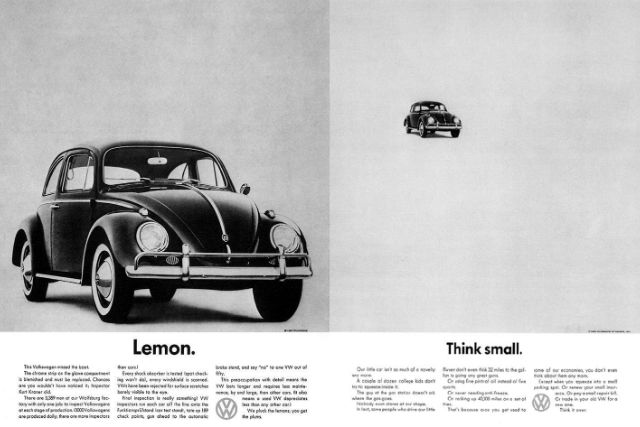
The rest, as they say, is history. Having officially become the world’s best-selling car in 1972, more than 21.5 million Volkswagen Beetles were made during the original car’s record production run. The very last models rolled off the production line in Mexico in 2003, 69 years after it was originally conceived.
Despite the ongoing effects of the global recession, there’s a lot more money in the world these days and so the bare-bones nature of the Beetle might seem a little too scant to ever be the People’s Car today.
All the same, there are few models that can rival the legacy and instant recognition of the Volkswagen Beetle, the brainchild of a Bohemian engineer and brutal Austrian-born dictator 82 years and nearly 22 million cars ago.
